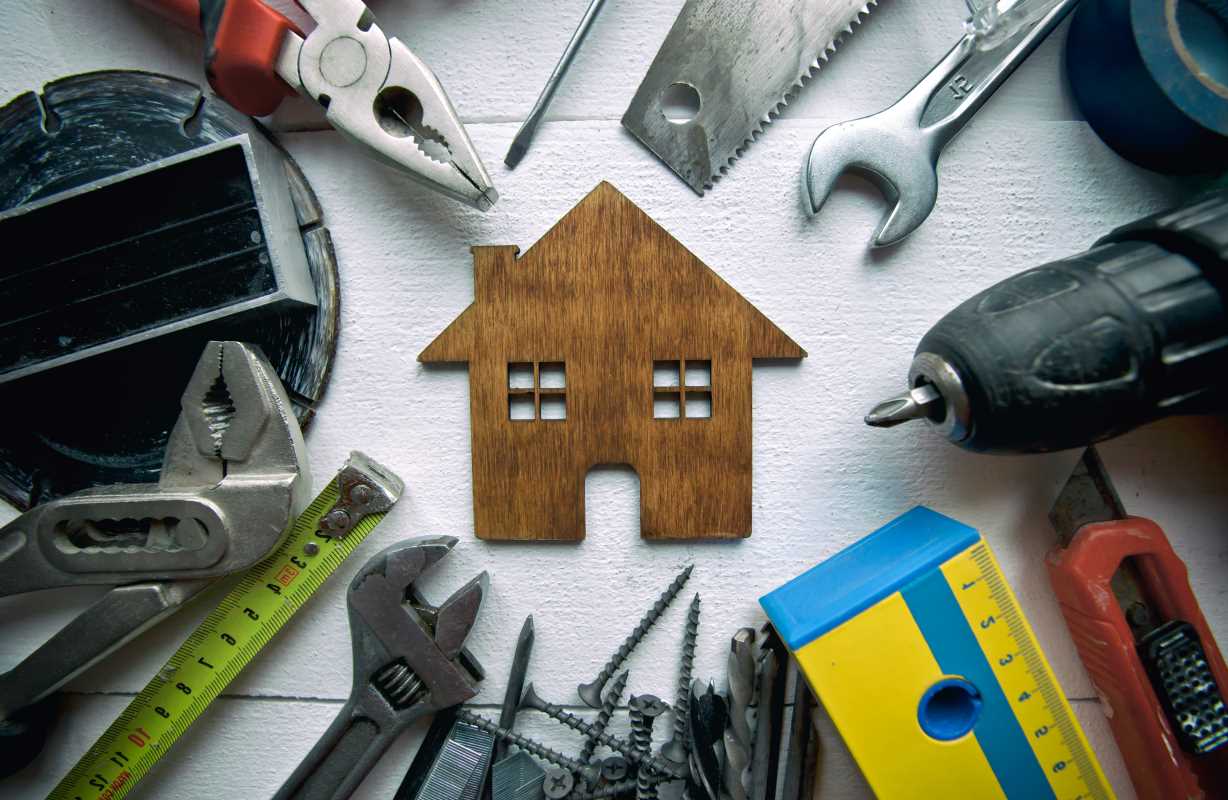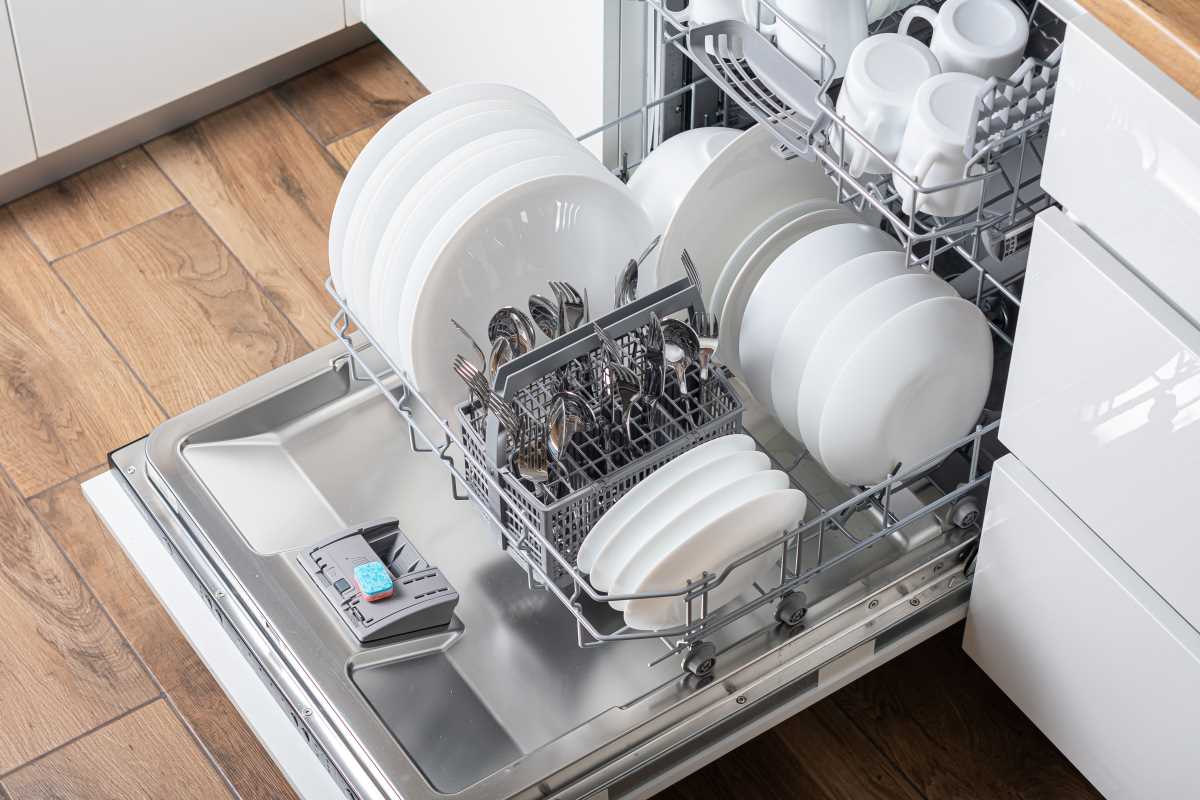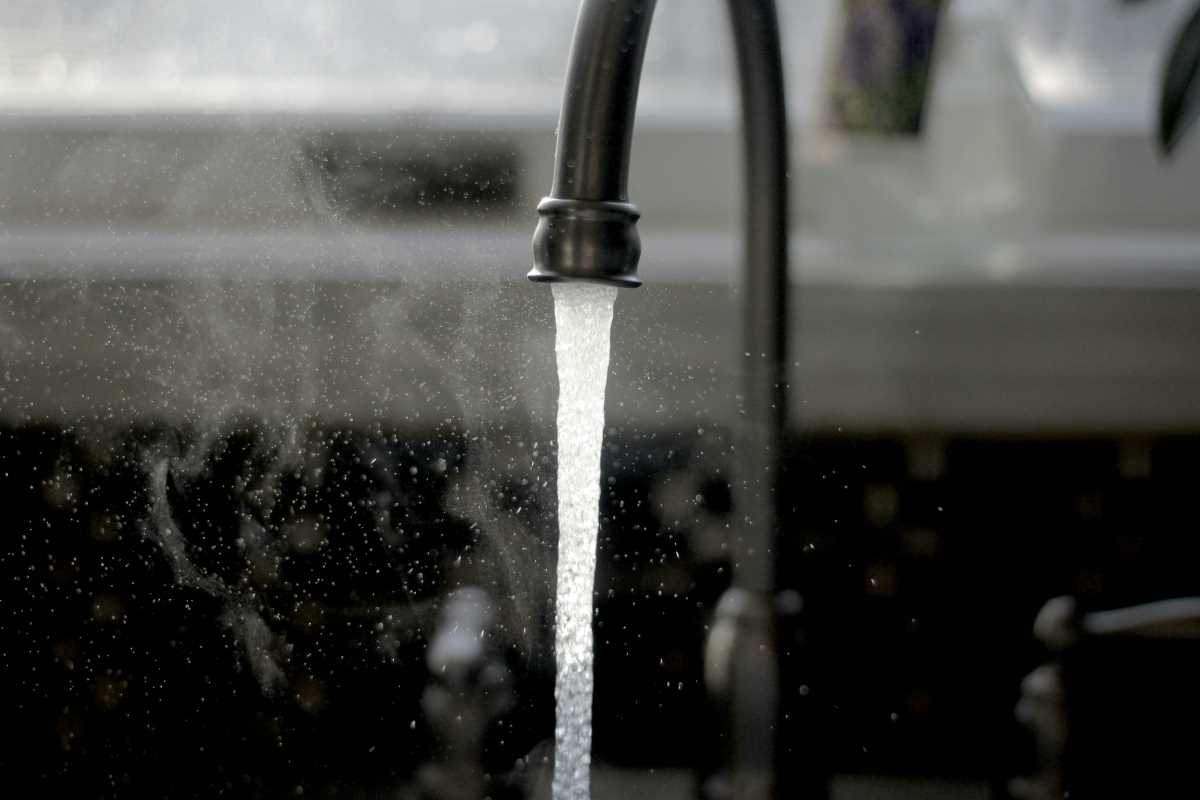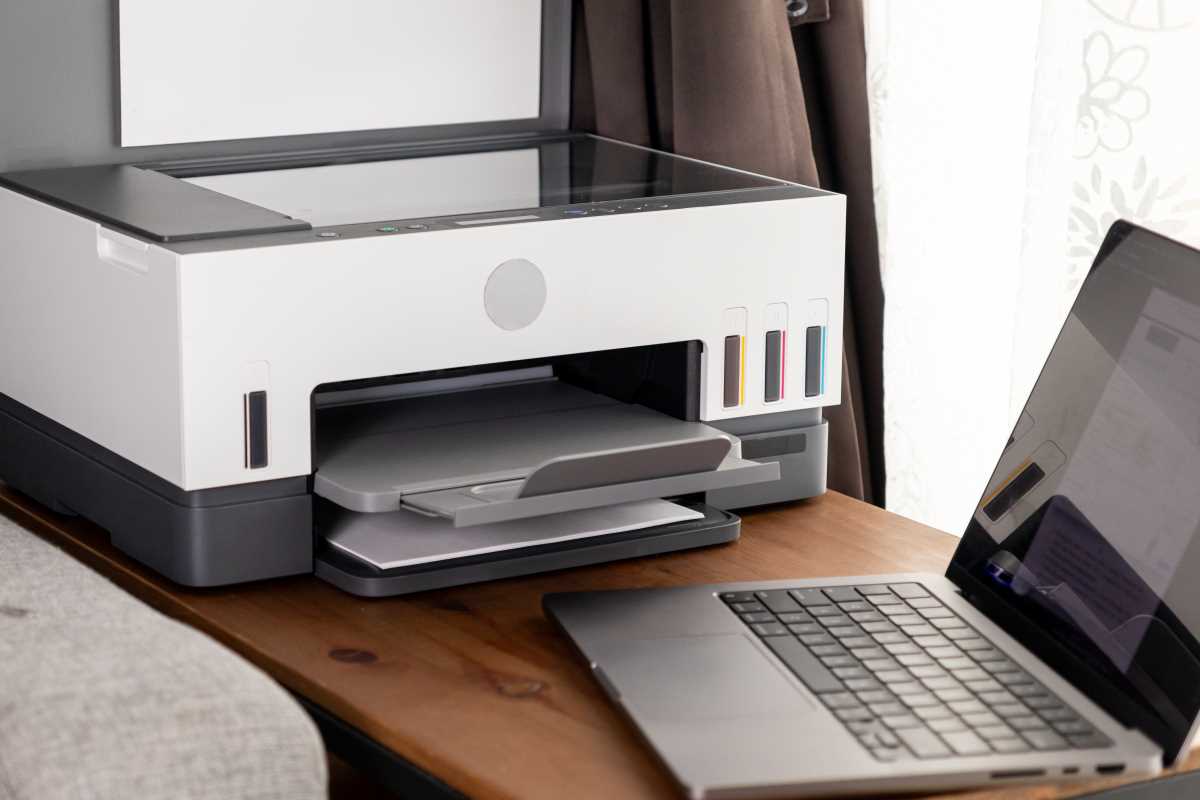That sinking feeling when the air conditioner gives out on the hottest day of summer or when you discover a slow leak under the sink is something every homeowner dreads. Unexpected home repairs are stressful, expensive, and always seem to happen at the worst possible time. But what if your home could tell you about a problem before it happens? Get ready, because that future is already here!
Welcome to the world of predictive maintenance, where artificial intelligence (AI) acts as your home's personal fortune-teller. These smart systems are transforming homeownership from a reactive game of emergency repairs into a proactive, hassle-free experience. Let's dive into how these amazing AI tools work and how they can save you time, money, and a whole lot of headaches.
What Is Predictive Maintenance?
Predictive maintenance is a strategy that uses data and smart technology to anticipate when an appliance or system is likely to fail, so you can address the issue before it becomes a catastrophe. In a home setting, this means AI-powered devices and sensors are constantly monitoring your key systems—like your HVAC, plumbing, and major appliances—to look for tiny signs of trouble.
Think of it like a routine check-up for your house, but one that happens 24/7. Instead of waiting for a complete breakdown, your smart home gives you a friendly heads-up, like "The motor on your washing machine is showing signs of strain" or "Your furnace filter is getting clogged, reducing efficiency." This allows you to schedule a repair or perform simple maintenance at your convenience.
Your Home’s New Superpowers: How AI Predicts Problems
So, how does your home magically know that the dishwasher is about to go on the fritz? It all comes down to data and smart algorithms. AI systems use a variety of sensors to collect information and learn what "normal" looks like for each appliance.
Here are some of the clever ways AI keeps an eye on things:
- Vibration Analysis: Tiny sensors can detect subtle changes in the vibrations of a motor. An unusual pattern could signal that a part is loose or wearing out in your washing machine or refrigerator compressor.
- Acoustic Monitoring: Your appliances have a unique sound signature. AI can listen for new noises—a slight whir, click, or grind—that could indicate an emerging mechanical issue.
- Temperature Tracking: AI can monitor the internal temperatures of your freezer or the air coming from your AC vents. If it takes longer than usual to cool down or struggles to maintain temperature, the system can flag it as a potential problem.
- Energy Consumption: A sudden spike in the amount of electricity an appliance uses is a classic sign that it's working harder than it should. Your smart home platform can spot this trend and alert you before you get a shocking utility bill.
By analyzing this data over time, the AI learns the unique rhythm of your home and can spot deviations that a person would never notice.
The Awesome Benefits of a Smarter Home
Integrating predictive maintenance into your home isn't just a cool tech upgrade; it offers real, tangible benefits that make life easier and more affordable.
- Massive Cost Savings: A small, proactive repair is almost always cheaper than a major emergency fix. Replacing a worn-out belt in your dryer might cost a few dollars, but letting it break could damage the entire motor, leading to a much more expensive replacement.
- Increased Energy Efficiency: When appliances and systems are running optimally, they use less energy. By alerting you to things like clogged filters or struggling motors, predictive maintenance helps keep your utility bills down.
- Reduced Stress and More Peace of Mind: Say goodbye to the anxiety of unexpected breakdowns. Knowing that your home is being monitored around the clock lets you relax, confident that you won't be caught off guard.
- Extended Appliance Lifespan: Regular, proactive maintenance helps your expensive appliances last longer. Just like changing the oil in your car, taking care of small issues along the way extends the overall life of your systems.
Predictive Maintenance Tools You Can Use Today
This technology isn't just a futuristic concept—it's already available in a growing number of smart home devices and platforms. You might even have some in your home right now!
- Smart HVAC Systems: Brands like Nest and Ecobee have thermostats that do more than just manage temperature. They can monitor your HVAC system's performance and send you alerts if it's taking too long to heat or cool, or if it's cycling on and off too frequently. They'll also remind you when it's time to change your filter.
- Smart Water Monitors: Devices from companies like Flo by Moen and Phyn attach to your main water line. They use AI to learn your home's water usage patterns. If they detect a sudden change—like a running toilet or a burst pipe—they can alert you and even automatically shut off the water to prevent catastrophic flood damage.
- Intelligent Appliances: Many modern refrigerators, washing machines, and dishwashers from brands like LG and Samsung come with built-in diagnostics. They can connect to an app on your phone and notify you about potential issues, help you troubleshoot problems, and even let you know when it's time to order more detergent.
- Whole-Home Monitoring Platforms: Companies are now offering unified systems that connect all your smart devices. These platforms use AI to create a complete picture of your home's health, giving you a central dashboard to monitor everything from your furnace to your sump pump.







